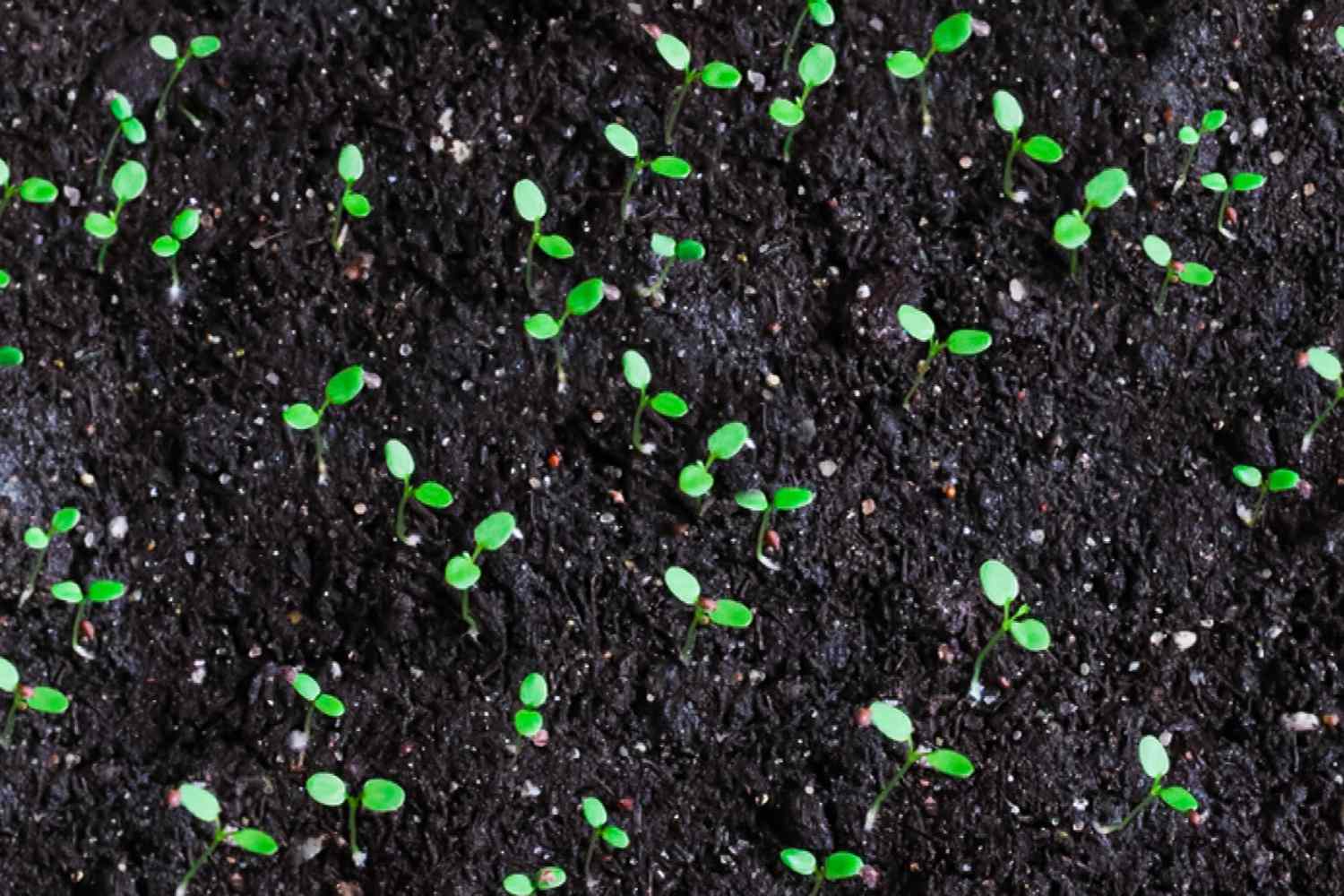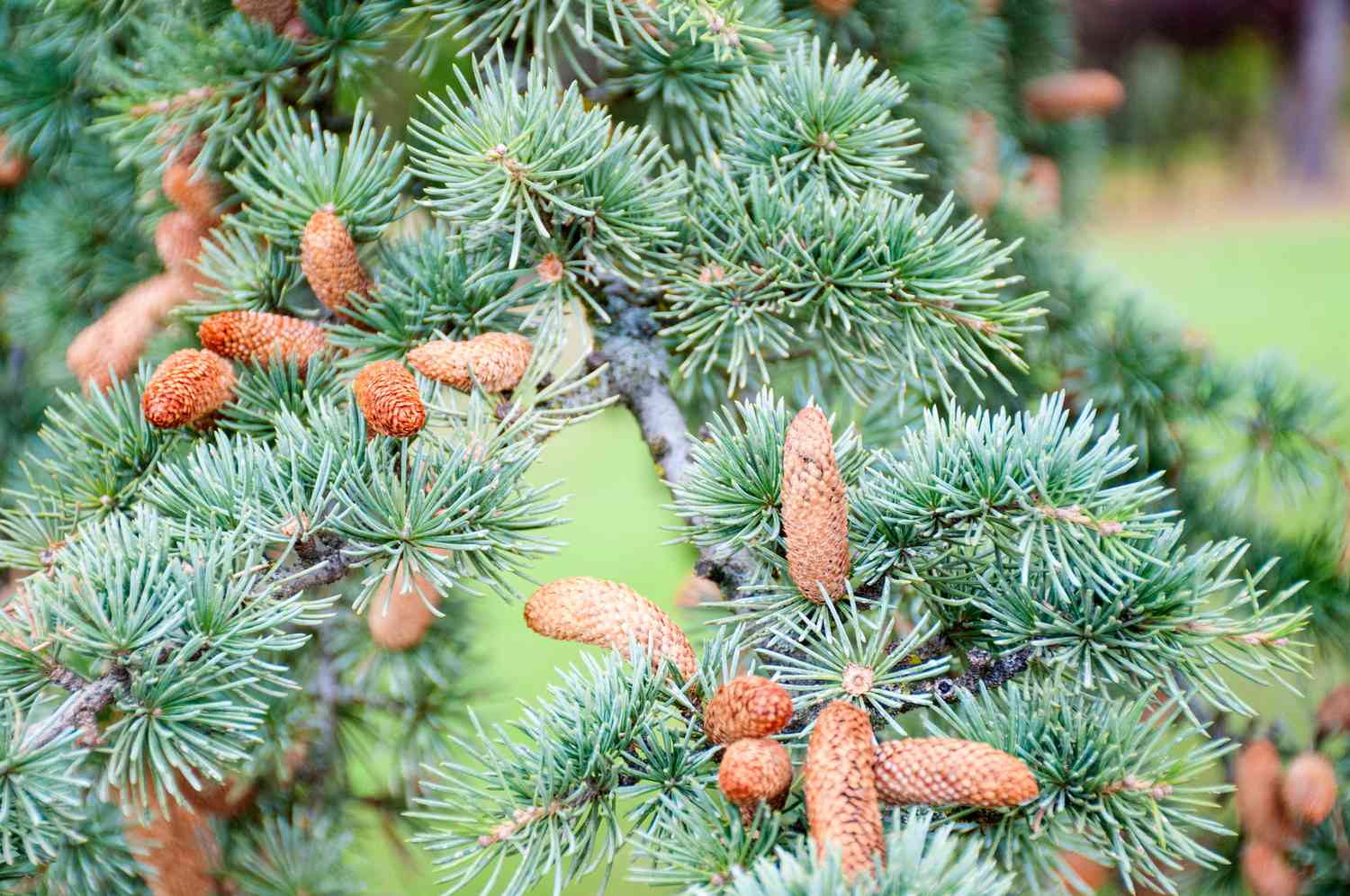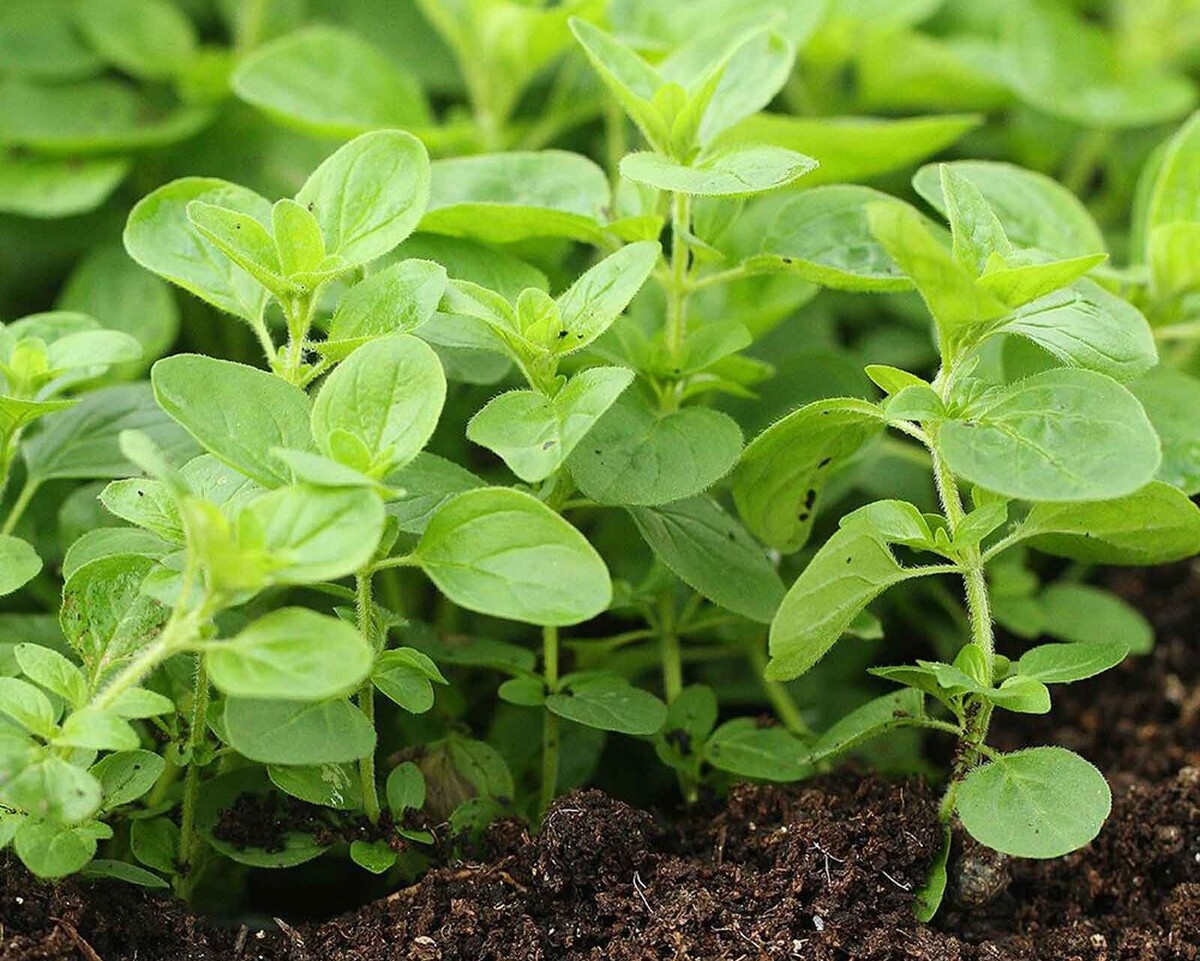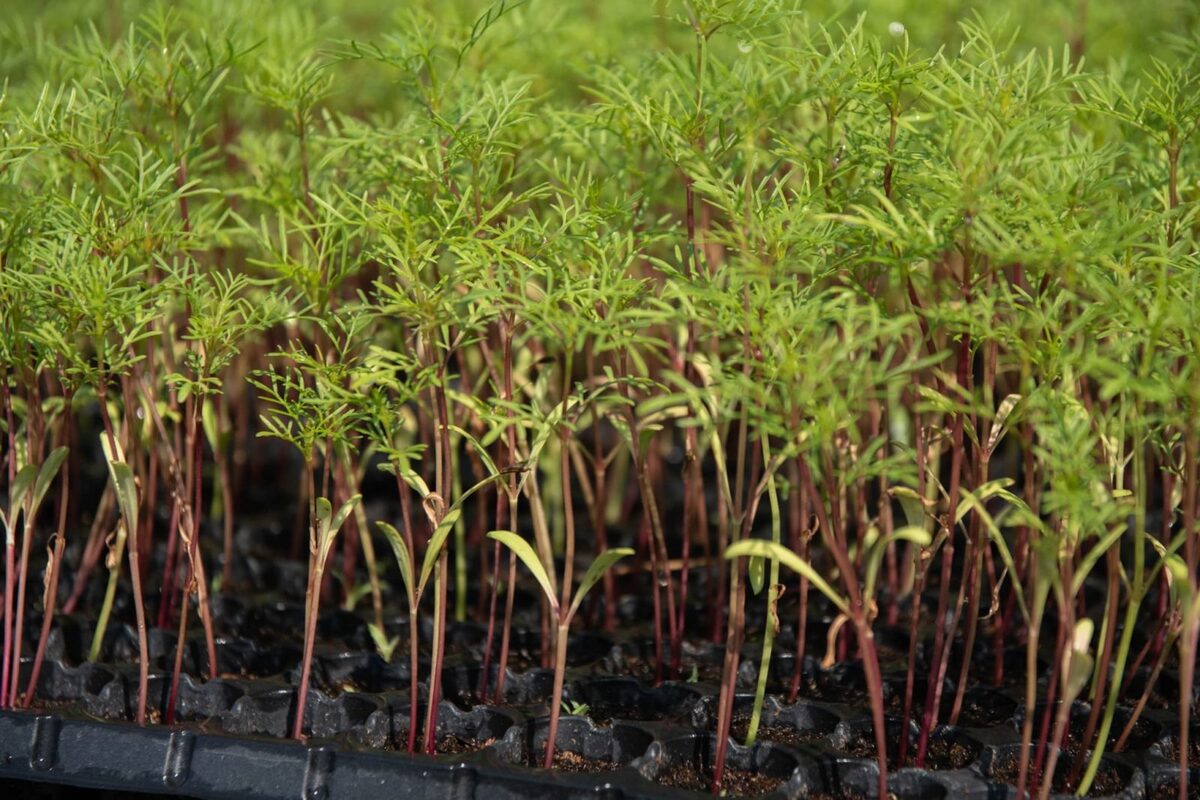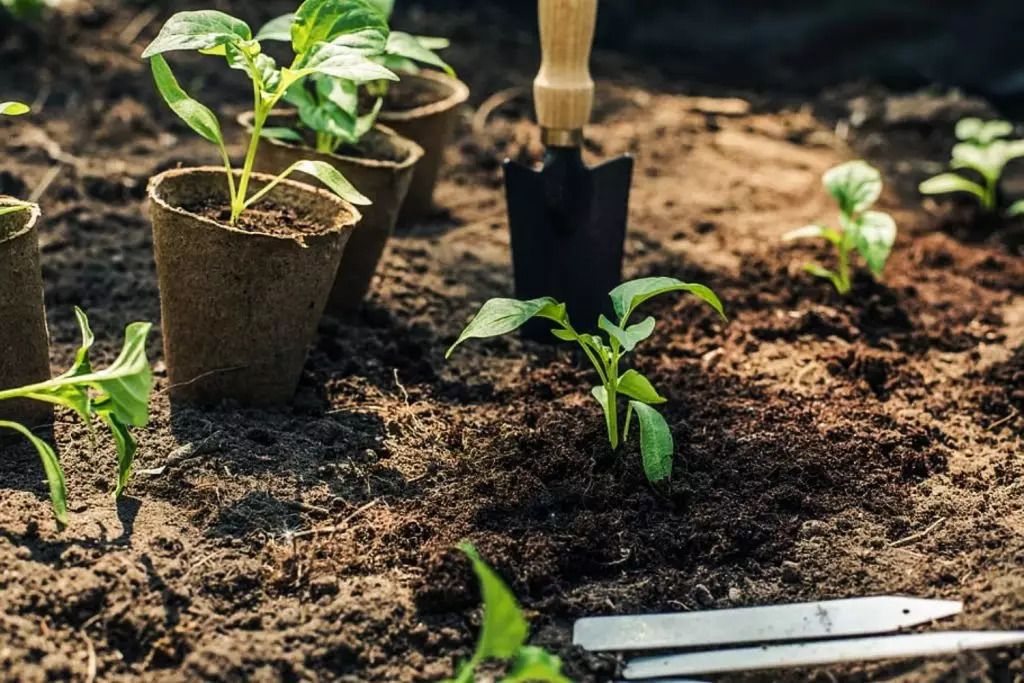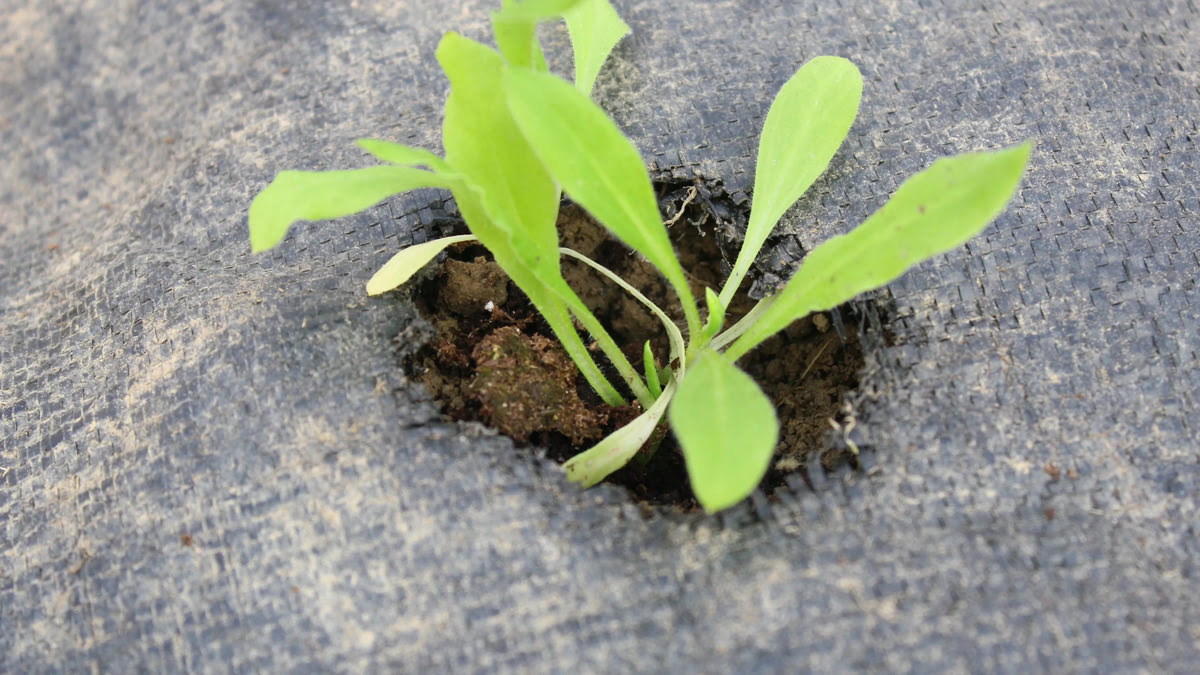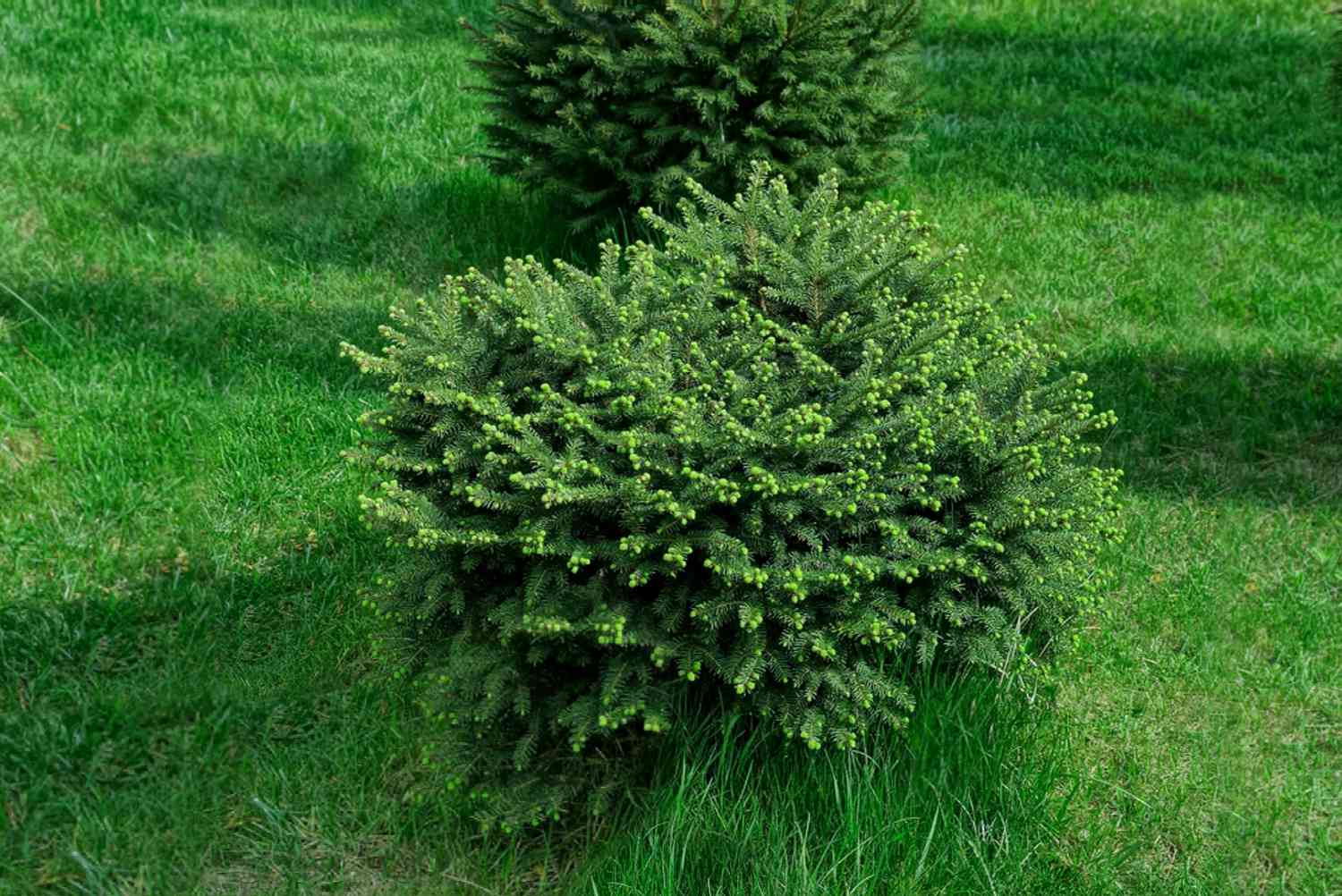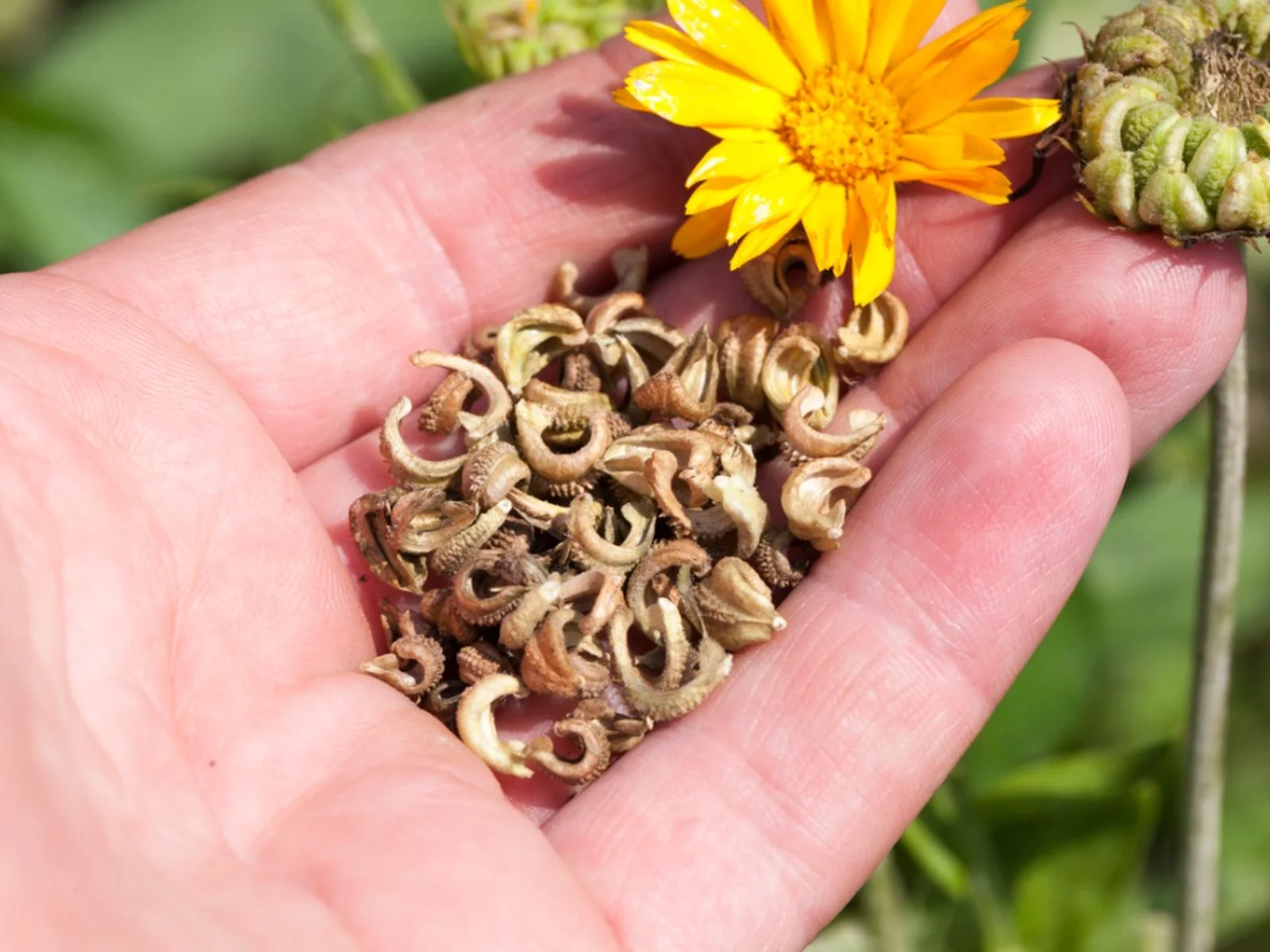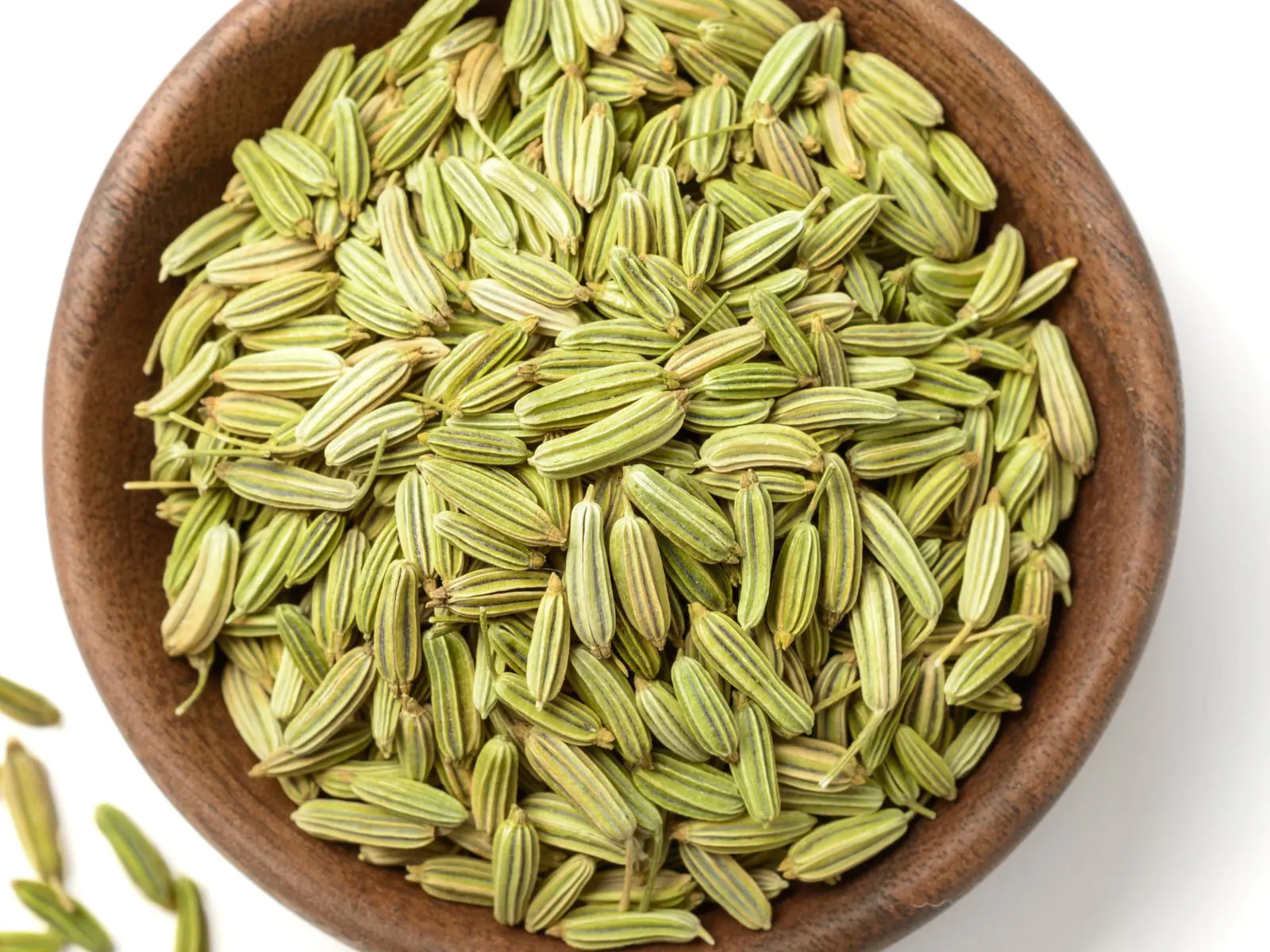Home>Types of Gardening>Ornamental Gardening>What Do Coneflower Seeds Look Like
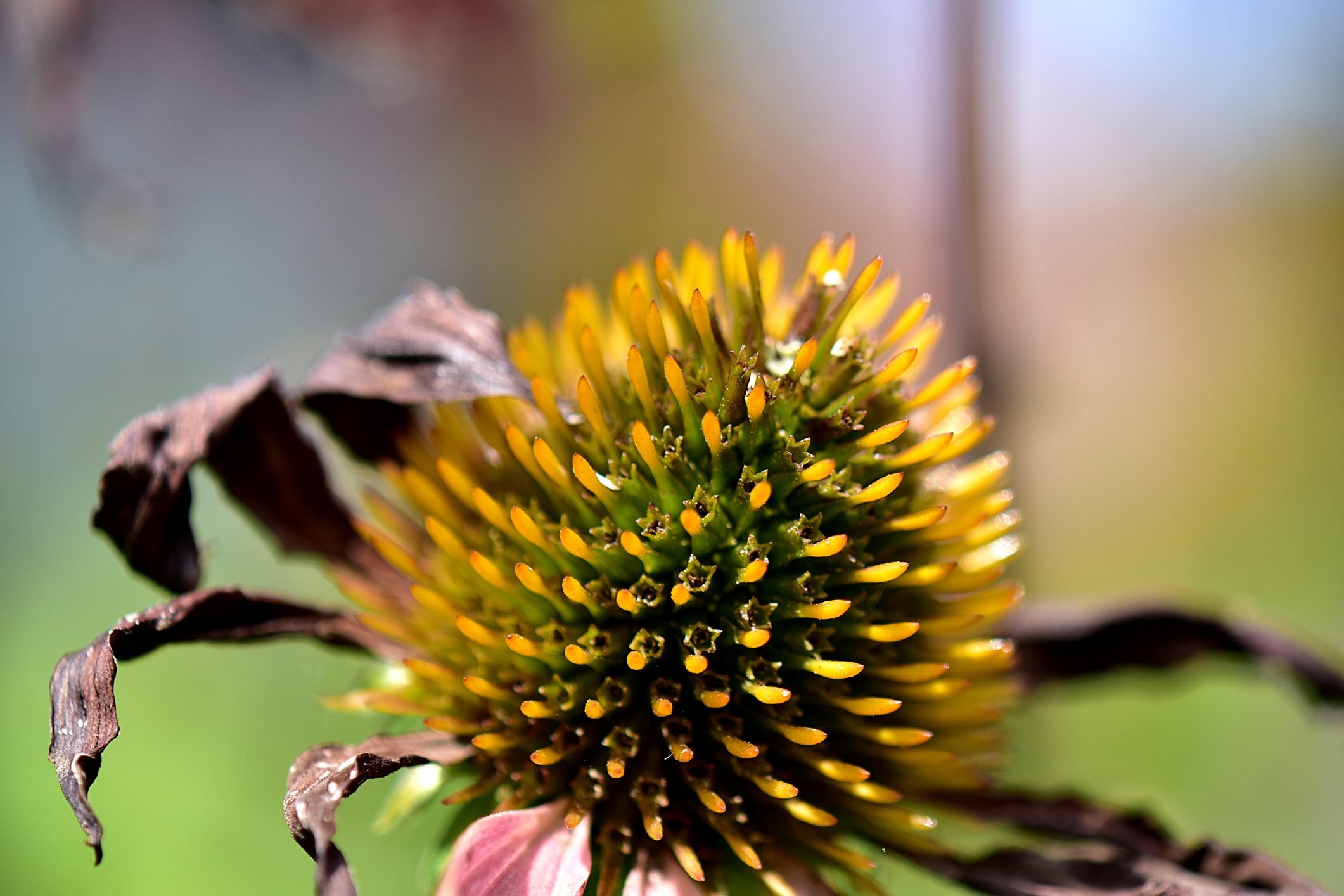

Ornamental Gardening
What Do Coneflower Seeds Look Like
Published: September 15, 2023
Discover what coneflower seeds look like and how to incorporate them into your ornamental gardening projects. Explore tips and tricks for growing these beautiful plants from seed.
(Many of the links in this article redirect to a specific reviewed product. Your purchase of these products through affiliate links helps to generate commission for Chicagolandgardening.com, at no extra cost. Learn more)
Table of Contents
Introduction
Welcome to the wonderful world of ornamental gardening! If you have a passion for beautiful and vibrant plants, then ornamental gardening is the perfect hobby for you. One of the key elements in creating an enchanting garden is the careful selection and cultivation of different types of plants. Among the diverse array of ornamental plants available, coneflowers (Echinacea) stand out as a popular choice.
Coneflowers are not only visually appealing, but they also offer a variety of benefits to your garden. These hardy perennials attract pollinators like bees and butterflies, making them a great addition to any garden aiming to create a thriving ecosystem. Additionally, coneflowers are known for their medicinal properties, as they have long been used in traditional herbal remedies.
To truly appreciate and understand the beauty of coneflowers, it is essential to explore the intricate details of these plants, starting from their very beginning – the seed. In this article, we will take a closer look at the characteristics of coneflower seeds, including their physical appearance, variations in color, size and shape, and the process of germination.
So, let’s dive into the fascinating world of coneflower seeds and unlock the secrets behind these tiny miracles of nature.
The Anatomy of a Coneflower Seed
Before we delve into the physical characteristics of coneflower seeds, let’s explore their basic anatomy. A coneflower seed consists of several distinct parts, each playing a crucial role in the seed’s development and germination process.
The seed coat, also known as the hull or outer shell, serves as a protective covering for the embryo inside. It safeguards the delicate genetic material of the plant from external harm, such as drought, pests, or disease. The seed coat is typically hard and durable, with a texture that allows for proper gas exchange and water absorption.
Enclosed within the seed coat is the embryo, which is the undeveloped, miniature version of the coneflower plant. The embryo contains the essential plant structures, including the embryonic shoot or plumule, which will eventually become the stem and leaves, and the radicle, or embryonic root, which is responsible for anchoring the plant in the soil and absorbing water and nutrients.
Attached to the embryo is the endosperm, a nutrient-rich tissue that provides nourishment to the growing embryo during germination. The endosperm stores carbohydrates, proteins, and oils, which the developing embryo utilizes for energy until it can establish its own photosynthetic capabilities.
Now that we have a basic understanding of the anatomy of a coneflower seed, let’s explore the physical characteristics that differentiate one coneflower seed from another.
Physical Characteristics of Coneflower Seeds
When it comes to the physical characteristics of coneflower seeds, several aspects set them apart from other types of seeds. These characteristics contribute to the overall beauty and uniqueness of coneflowers. Let’s take a closer look:
- Color Variations: Coneflower seeds can exhibit a range of colors, including shades of brown, black, and gray. Some seeds may even have a mottled or speckled appearance.
- Size and Shape: The size and shape of coneflower seeds can vary depending on the species and cultivar. Generally, the seeds are small and elongated, measuring around 3-5 mm in length.
- Surface Texture: Coneflower seeds often have a textured surface, characterized by tiny ridges or bumps. This texture helps the seed adhere to the soil when planted.
- Hardness: The seed coat of coneflower seeds is typically hard and durable. This hardness allows the seeds to withstand harsh environmental conditions and protects the delicate embryo within.
The physical characteristics of coneflower seeds not only contribute to their visual appeal but also play a crucial role in their survival and successful germination.
Now that we have explored the physical characteristics of coneflower seeds, let’s move on to examining the variations in color that can be found among these tiny natural wonders.
Color Variations in Coneflower Seeds
One of the fascinating aspects of coneflower seeds is the range of color variations they can exhibit. While most coneflower seeds have a brown or black hue, there are also instances of gray or even mottled and speckled patterns. These color variations add visual interest to the seeds and reflect the genetic diversity within the coneflower species.
The natural color of coneflower seeds is largely determined by the pigments present in the seed coat. These pigments are responsible for the absorption and reflection of light, resulting in the observed colors. The presence of different pigments in varying concentrations can lead to the diverse color palette seen in coneflower seeds.
Some coneflower seed varieties may have seeds that appear almost jet black or deep brown. These dark-colored seeds often have a glossy or shiny surface, adding an extra element of elegance to the overall appearance of the seed. On the other hand, some coneflower seeds may have a lighter brown or grayish hue, giving them a more subdued and understated look.
In certain instances, coneflower seeds may exhibit mottled or speckled patterns, where the base color is broken up by smaller spots or streaks of lighter or darker shades. These patterns can be quite striking and add a unique and intricate dimension to the seeds.
It’s important to note that while the color of coneflower seeds is visually appealing, it doesn’t necessarily indicate the specific features or characteristics of the resulting plant. The color variations primarily serve as an aesthetic component, adding visual interest and diversity to the coneflower seed experience.
Now that we have explored the color variations in coneflower seeds, let’s delve into the size and shape of these tiny natural wonders.
Size and Shape of Coneflower Seeds
The size and shape of coneflower seeds can vary depending on the specific species and cultivar. Generally, coneflower seeds are small and elongated, measuring around 3-5 mm in length. However, it’s important to note that there can be slight variations in size within these parameters.
The shape of coneflower seeds is often described as oblong or oval. They have a gently curved, elongated form, tapering at one end and rounded at the other. This shape allows the seeds to be easily dispersed and positioned in the soil when they fall naturally or are intentionally planted.
While the size and shape of coneflower seeds may seem inconspicuous, they play a vital role in determining the success of germination. The small size of the seeds allows them to be dispersed by the wind, wildlife, or human intervention. The elongated shape aids in efficient placement in the soil, ensuring optimal contact for water absorption and root establishment.
It’s important to keep in mind that while coneflower seeds may appear small and delicate, they possess the ability to develop into resilient and hardy plants. It’s truly remarkable how such a tiny seed can eventually grow into a stunning coneflower bloom.
Now that we have explored the size and shape of coneflower seeds, let’s move on to discussing the texture of their seed coats, which plays a significant role in their protective mechanisms.
Surface Texture of Coneflower Seeds
The surface texture of coneflower seeds is one of the distinguishing features that sets them apart from other types of seeds. Unlike smooth and glossy seeds, coneflower seeds often have a textured surface characterized by tiny ridges, bumps, or intricate patterns. This texture serves a crucial purpose in the life cycle of coneflowers.
The textured surface of coneflower seeds plays a role in their ability to anchor themselves in the soil. These ridges and bumps help the seeds adhere to the ground when they fall or are dispersed by wind or animals. By having a textured surface, coneflower seeds can withstand environmental factors such as heavy rains, wind, or disturbances, ensuring they remain in a favorable position for germination.
Furthermore, the texture of the seed coat plays a part in water absorption. The ridges and bumps on the surface of coneflower seeds create a larger surface area, allowing for increased water absorption. This characteristic is crucial during the early stages of germination when the seed needs to absorb water to initiate the growth of the embryo.
The texture of coneflower seeds also provides a protective barrier against external threats. The rough surface makes it more challenging for pests, such as insects or rodents, to penetrate the seed coat and damage the embryo inside. This natural defense mechanism ensures the survival and successful germination of the coneflower seeds.
Overall, the surface texture of coneflower seeds is not only visually appealing but also serves essential functions in their survival, germination, and protection. It’s fascinating to witness how even the tiniest details of these seeds contribute to their overall resilience and ability to thrive in various environments.
Now that we have explored the surface texture of coneflower seeds, let’s move on to understanding the germination process of these remarkable seeds.
Germination Process of Coneflower Seeds
The germination process of coneflower seeds is a fascinating journey that involves various stages and conditions for successful growth. Understanding the germination process is essential for anyone looking to cultivate these beautiful plants from seed. Let’s take a closer look at the steps involved:
1. Imbibition: The germination process begins with imbibition, which refers to the absorption of water by the seed. The seed coat becomes permeable and allows water to penetrate, initiating the rehydration of the embryo.
2. Activation of Enzymes: As the seed absorbs water, enzymes within the embryo are activated. These enzymes break down stored nutrients in the endosperm, such as starch and proteins, into simpler forms that can be utilized by the growing embryo.
3. Radicle Emergence: Once the stored nutrients are converted into soluble substances, the radicle, or embryonic root, emerges from the seed. The radicle grows downward into the soil, anchoring the seedling and absorbing water and nutrients from the surrounding environment.
4. Shoot Development: Simultaneously, the embryonic shoot or plumule begins to emerge from the seed. The shoot elongates and develops into the stem and leaves of the coneflower plant. It reaches towards the light, enabling photosynthesis and the production of energy-rich carbohydrates.
5. Seedling Establishment: With the radicle and shoot well-established, the seedling continues to grow, utilizing the stored nutrients from the endosperm along with the energy produced through photosynthesis. The seedling undergoes further development, producing more leaves and strengthening its root system.
It’s important to provide optimal conditions for germination to occur. This typically involves providing a suitable planting medium, adequate moisture, and a consistent temperature. Most coneflower seeds germinate best at temperatures between 70-85°F (21-29°C).
Additionally, stratification, a process of subjecting seeds to a period of cold, moist conditions, may be necessary for certain coneflower species. Stratification helps to break seed dormancy and can be achieved by refrigerating the seeds for a specific period before planting.
By understanding the germination process of coneflower seeds and providing the necessary conditions, you can successfully grow these stunning plants from seed and witness the transformation from a tiny seed to a flourishing coneflower bloom.
Now that we have explored the germination process, let’s reflect on the wonders and beauty of coneflower seeds and their journey towards becoming magnificent plants.
Conclusion
Throughout this article, we have embarked on a journey through the world of coneflower seeds, gaining insights into their anatomy, physical characteristics, and germination process. From the protective seed coat to the nourishing endosperm and the vital embryo within, coneflower seeds possess remarkable qualities that contribute to their survival and growth.
We have explored the range of colors coneflower seeds can exhibit, from deep browns to mottled and speckled patterns, adding visual interest to these tiny natural wonders. Additionally, we’ve discovered that coneflower seeds are small and elongated, with a textured surface that aids in anchoring them in the soil and absorbing water.
Understanding the germination process of coneflower seeds is crucial for successfully cultivating these plants. From imbibition to radicle emergence and shoot development, each stage plays a vital role in the growth and establishment of coneflower seedlings.
By providing optimal conditions for germination, such as suitable planting medium, moisture, and temperature, gardeners can witness the transformation of coneflower seeds into thriving plants. Stratification may be necessary for certain coneflower species, helping to break seed dormancy and promote successful germination.
As we conclude this exploration of coneflower seeds, we are reminded of the resilience and beauty found within even the tiniest components of nature. From their intricate color variations to their intricate texture, coneflower seeds encapsulate the wonders of life and growth.
So, whether you’re a seasoned gardener or just beginning your ornamental gardening journey, consider adding coneflowers to your garden and experience the joy of cultivating these remarkable plants from their captivating seeds.
Seed by seed, coneflowers have the power to transform your garden and bring forth a tapestry of vibrant blooms for years to come.
